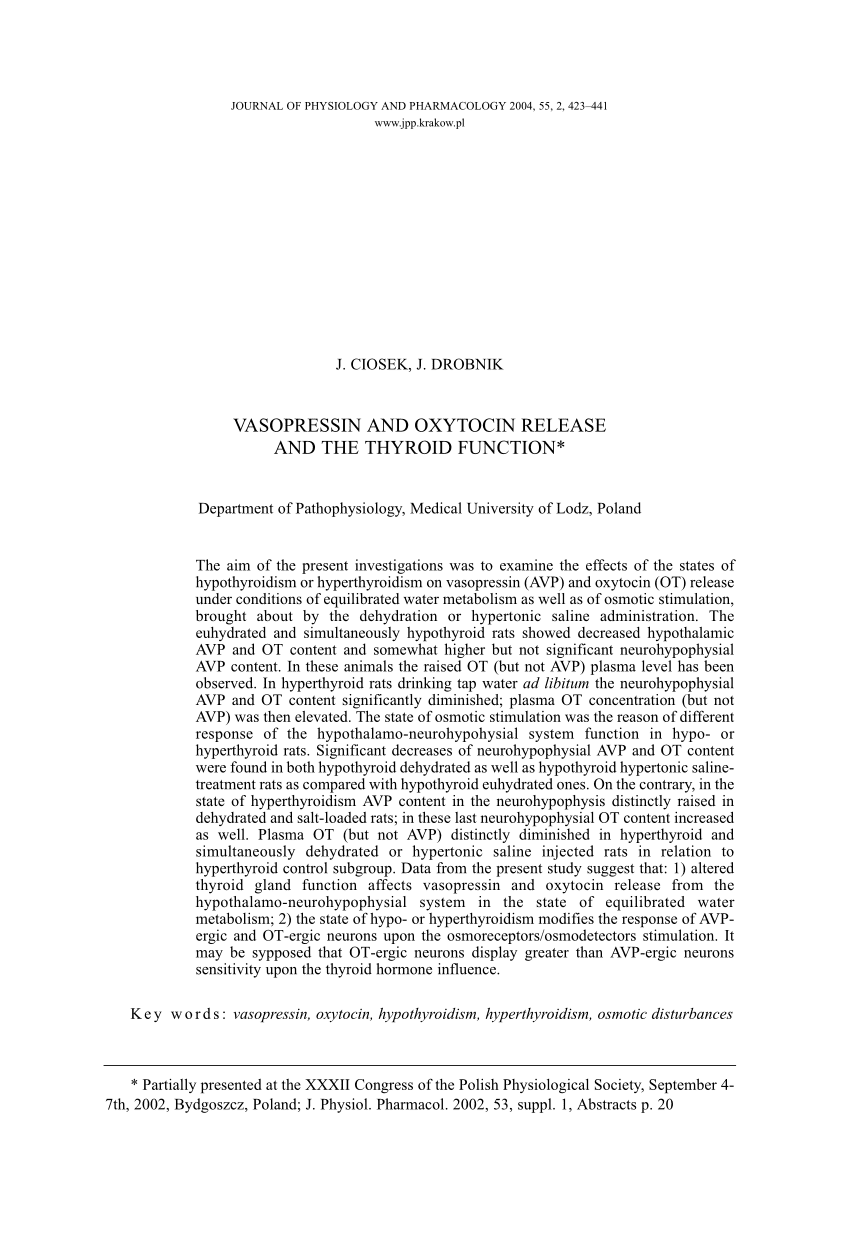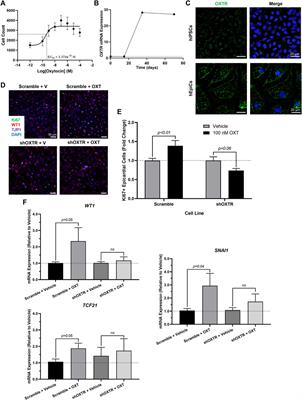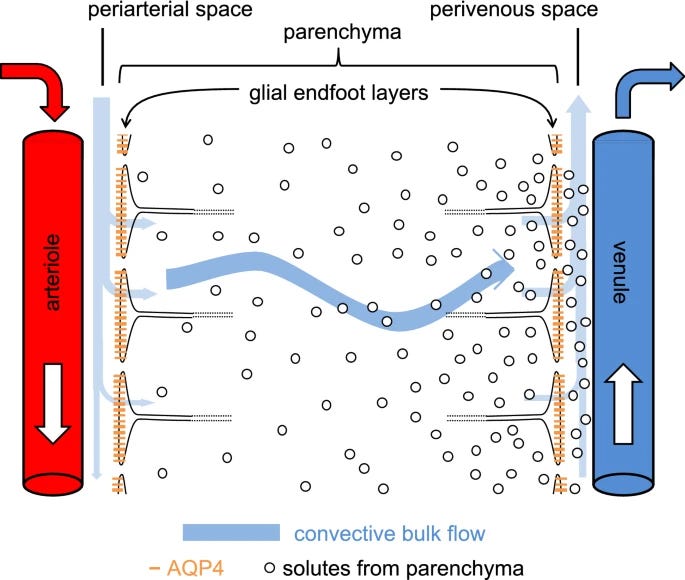LLight
Member
- Joined
- May 30, 2018
- Messages
- 1,411

(PDF) Vasopressin and oxytocin release and the thyroid function
PDF | The aim of the present investigations was to examine the effects of the states of hypothyroidism or hyperthyroidism on vasopressin (AVP) and... | Find, read and cite all the research you need on ResearchGate
Water restriction (but not salt loading) seems to boost T3 production in this model of hypothyroidism.
From another paper (see below), we know that a transcription factor called CREB3L1 is involved both in thyroid iodine metabolism and vasopressin (the antidiuretic hormone) production. CREB3L1 is also know to be activated by TSH. This seems to be how TSH initiates thyroid hormone production : CREB3L1 increases the expression of the NIS (iodine symporter) in the thyroid.
Transcription Factor CREB3L1 Regulates the Expression of the Sodium/Iodide Symporter (NIS) in Rat Thyroid Follicular Cells
Here, we analyzed the role of CREB3L1 as a TSH-dependent transcriptional regulator of the expression of the sodium/iodide symporter (NIS), a major thyroid protein that mediates iodide uptake. We show that overexpression and inhibition of CREB3L1 induce an increase and decrease in the NIS protein and mRNA levels, respectively. This, in turn, impacts on NIS-mediated iodide uptake. Furthermore, CREB3L1 knockdown hampers the increase the TSH-induced NIS expression levels. Finally, the ability of CREB3L1 to regulate the promoter activity of the NIS-coding gene (Slc5a5) was confirmed. Taken together, our findings highlight the role of CREB3L1 in maintaining the homeostasis of thyroid follicular cells, regulating the adaptation of the secretory pathway as well as the synthesis of thyroid-specific proteins in response to TSH stimulation.
[...]
Our findings argue in favor of the notion that, under physiological conditions, CREB3L1 may contribute to thyroid cell differentiation promoting the production of thyroid hormones.
So we can wonder whether this transcription factor couldn't also be activated in the thyroid by hyperosmolarity (which is a signal for vasopressin production), promoting iodine metabolism and thyroid hormones production. It would fit with the data about water restricted rats improving their hypothyroidism and the other study where water restricted rats had slightly lower TSH than the control group.Participation of CREB3L1 in a hormone synthetic pathway has been also reported in pituitary gland where CREB3L1 not only regulates transcription of the gene coding for antidiuretic hormone arginine vasopressin (AVP), but also its processing via increased Pcsk1 expression, revealing its role as a key molecular component of AVP biosynthesis.





